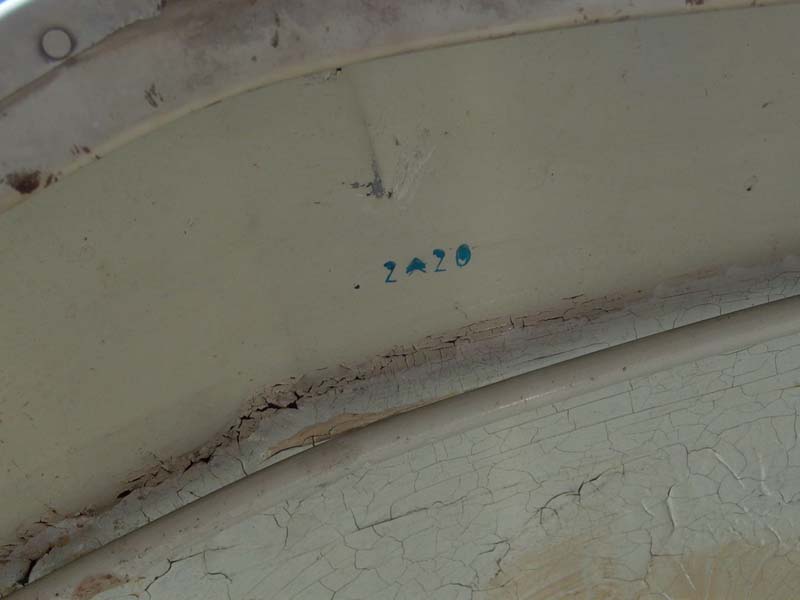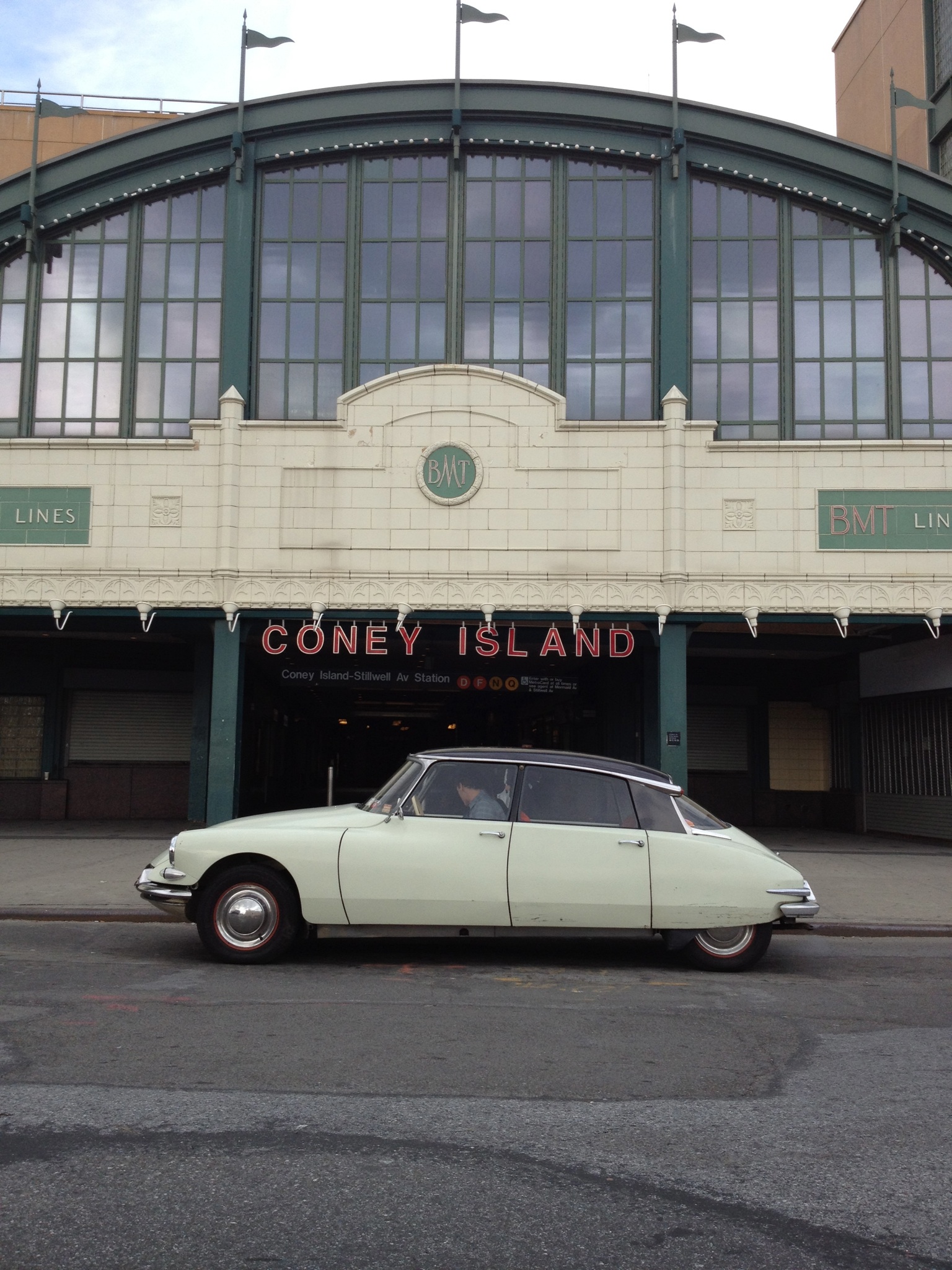Champagne intérieur rouille (export USA), by Dr Danche
Kim lives in the USA (he is one of the people who helps to organize the Citroen Rendezvous in the United States, please check their website www.driveshesaid.com) and he sent me the following informations about the marvellous 1959 DS19 that he owns:
"The car was originally purchased by an American couple. They bought the car through a program that Citroen offered in the United States. The program allowed US citizens to purchase a car in the USA, but pick it up in France. You could use the car while you were on vacation, then it would be shipped to the USA for your use in America. You'll see that the front of the car has a French "TT" plate issued in Paris (75).
I'm not really sure how my car would have been delivered when the Americans picked the car up in Paris. I would think that the car would have been given to them in France with the American turn signals in place. After all, the French turn signals were prohibited according to the Americans, BUT the American turn signals were allowed in France.
I am also assuming that the car was picked up in Paris with European headlights with yellow bulbs. I have always thought that when the car was returned to Citroen in Paris for shipping to the USA, French mechanics removed the European headlights and replaced them with sealed-beam headlights. In 1959, France required yellow headlights in all cars. In 1959, all American cars could only be sold if they had sealed-beam headlights. In addition, in 1959, cars could only be driven in the USA if they had white headlights--yellow headlights were not allowed.
When I purchased the car, it had 6-volt American sealed beam headlights. I decided to replace them with European headlights and use yellow bulbs. The American sealed beam bulbs were very dim and made driving the car at night dangerous, so I decided to switch back to the European lights. "
You can see the American turn signals in this photo and the French "TT" plate issued in Paris (75).
The car's colour is Champagne, with Aubergine roof.
The car is like as if it were 1962--it is like a 3-year-old car!
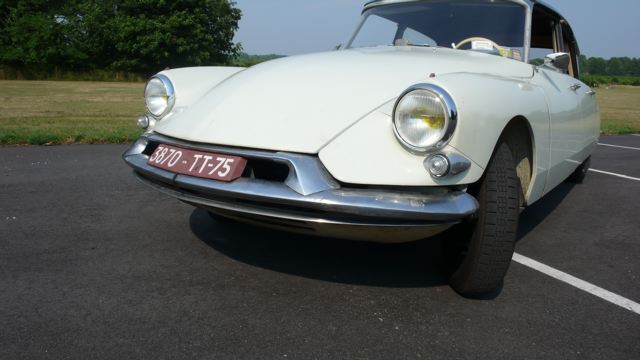
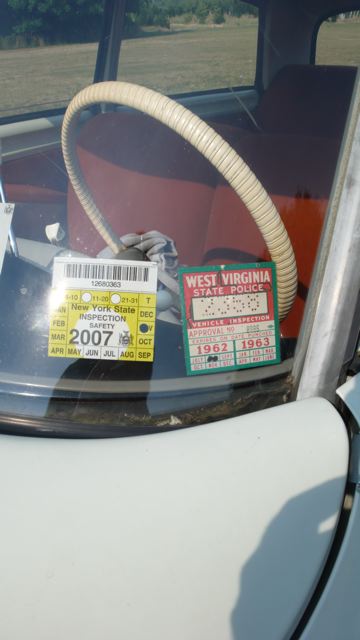
There is an armrest on the driver's door: this is US specific, like on Othello's 1956 DS for US market.
The fabric color is Rouille.

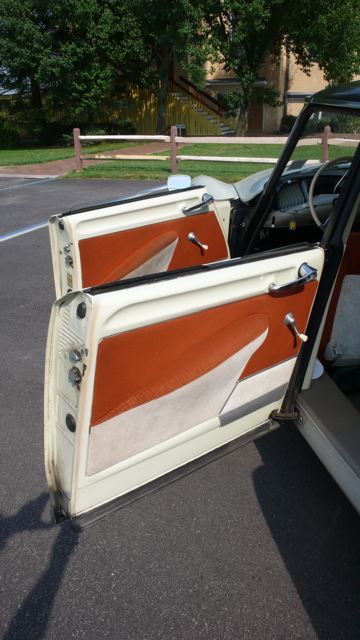
-MPH not KPH on the speedometer.
-Gas gauge is on the left, volt meter is on the right (they switch places between 58 and 59 models).
The gauges read "fuel" and "battery".
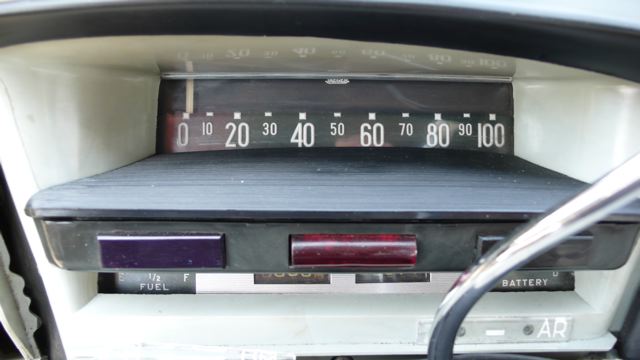
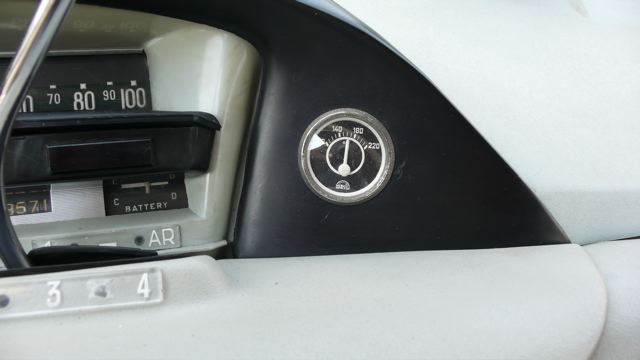
The car has different turn signals for the American market which extend beyond the trumpets. If you look on the parcel shelf, you will see a vintage speaker grill which was added to the car back in 1959/1960.
The rear window is glass for the American market.
The roof on the car is Aubergine. Look closely at the "C" pillar on the driver's side: the car was damaged in an accident in 1961 and the "C" pillar was painted black, not Aubergine. The roof was not damaged, so it retains its original paint.
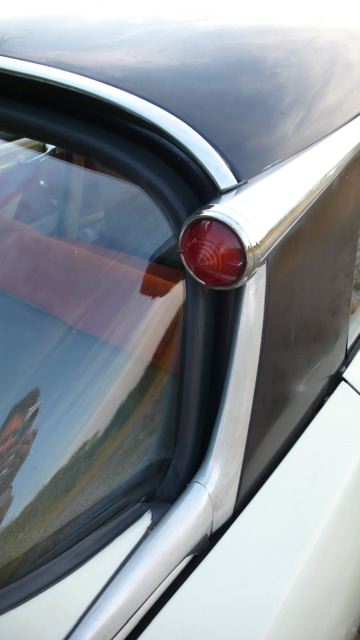

Here is the LHS tank which has directions in English printed on it. The oil cap is in French, however.
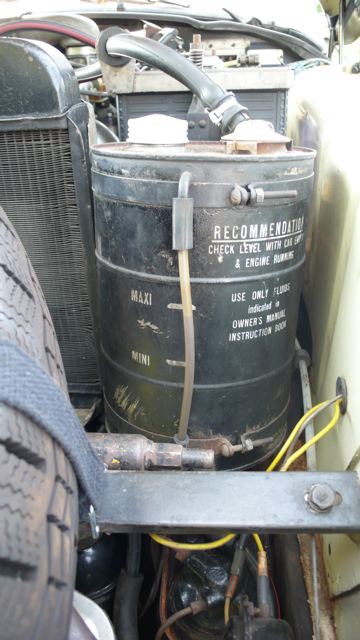

Dr Danche.
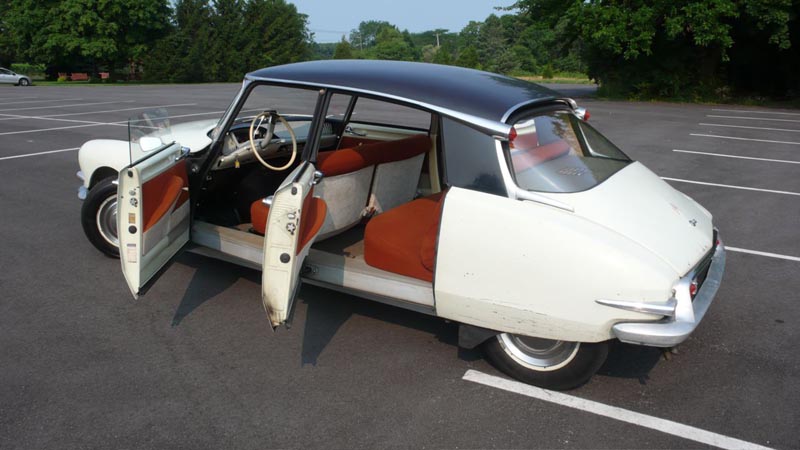
I finish with a question for all the readers of this article.
Do you see on this last picture these blue marks with the citroën logo?
As you might know, these are the sign that the car wears it's original paint.
But i wonder about the meaning of the figures "2" and "20"?
Any idea?
If you have these marks on your car, please send me the pictures, we could maybe find a rule with more examples.
